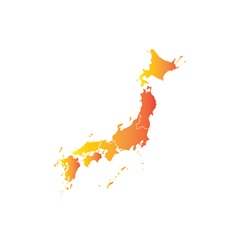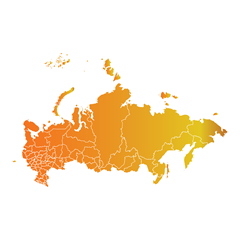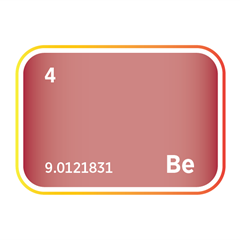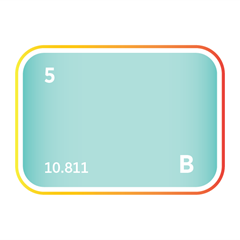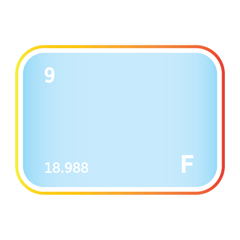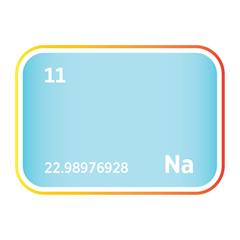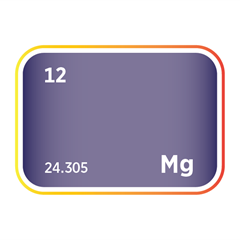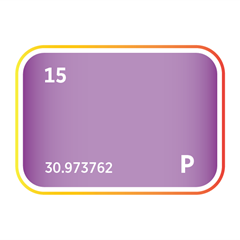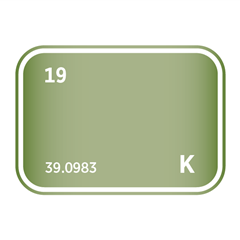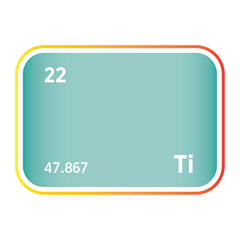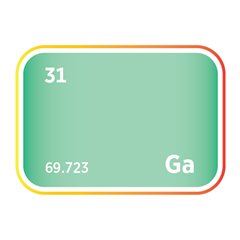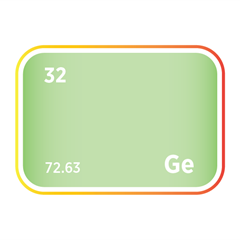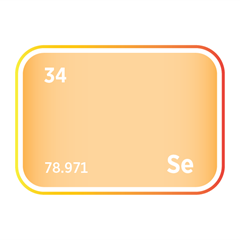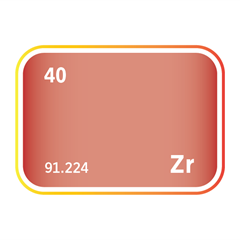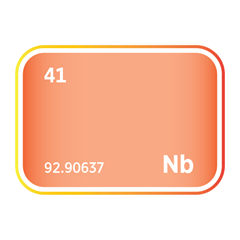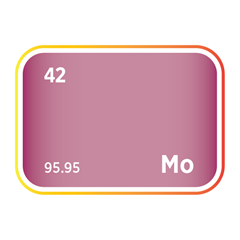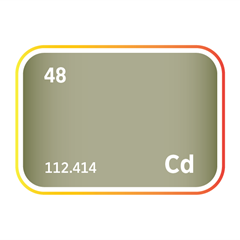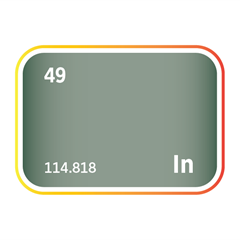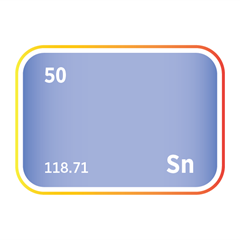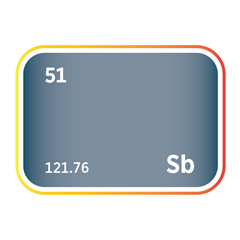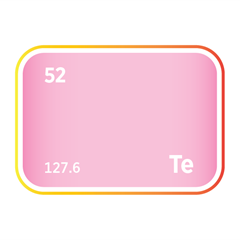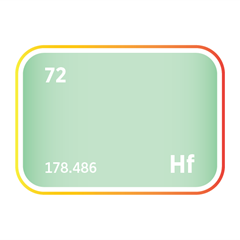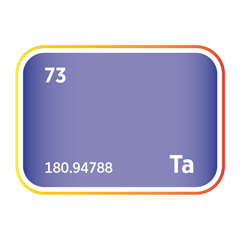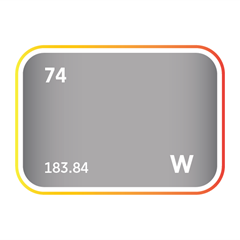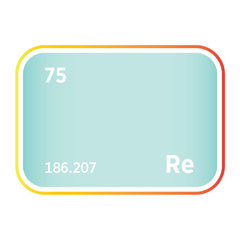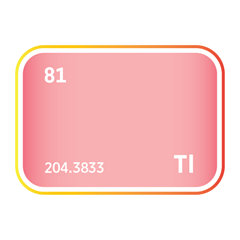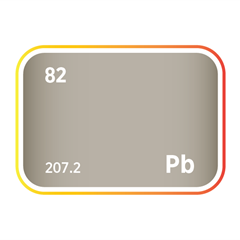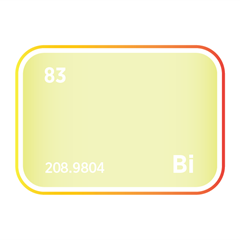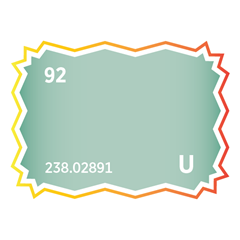Rubidium
Critical Minerals and The Energy Transition
Navigating the Rubidium Market
The rubidium market requires grappling with a niche, opaque, and geopolitically dispersed supply chain. Rubidium, a soft alkali metal with no primary mining operations, is typically recovered as a by-product from lithium- and caesium-rich pegmatites, particularly lepidolite and pollucite. As such, its availability is directly linked to the viability of larger lithium or caesium projects, making supply inherently volatile. China dominates rubidium production and refining, leveraging extensive rare-metal operations in Jiangxi and Sichuan, and controlling much of the global market for rubidium salts and metal. This geographic concentration introduces significant strategic risk. China's export policies, domestic demand surges, or geopolitical tensions, especially with countries reliant on high-purity rubidium for quantum devices, precision sensors, and atomic clocks, can create severe bottlenecks. Countries like the United States, Japan, the United Kingdom, and members of the European Union are increasingly prioritising rubidium in critical minerals strategies, investing in R&D, stockpiles, and domestic processing options. Exploration efforts in Australia, Namibia, Canada, and parts of Central Asia aim to diversify supply, though these remain early-stage. As rubidium becomes increasingly vital to defence, quantum computing, and advanced electronics, managing geopolitical exposure, encouraging co-product recovery, and securing long-term offtake agreements will be critical for market resilience.
An introduction to rubidium
Rubidium demand and end-uses
Rubidium is a soft, highly reactive alkali metal with specialised applications across electronics, energy storage, healthcare, and advanced scientific instrumentation. Though not widely used in bulk industrial processes, rubidium's unique chemical and physical properties make it valuable in high-precision and niche technologies. Its low ionisation energy, high ionic mobility, and photoemissive characteristics lend it to applications where speed, accuracy, and sensitivity are paramount.
The most significant and growing area of rubidium demand lies in advanced electronics and communications. Rubidium atomic clocks are among the most accurate and stable commercial timekeeping devices available, widely used in telecommunications networks, satellite systems, GPS infrastructure, and military-grade navigation. These clocks provide synchronisation essential for data transmission, signal integrity, and network coordination. As reliance on global positioning systems and time-sensitive data flows intensifies, demand for rubidium-based frequency standards is expected to remain steady.
In the energy sector, rubidium is under increasing investigation for its role in next-generation battery technologies. Rubidium ions have been studied as potential charge carriers in high-energy-density batteries, particularly in hybrid and flow battery systems, where their high ionic conductivity may offer advantages in energy transfer and system efficiency. While commercial adoption remains at an early stage, research into rubidium-containing perovskite materials has shown promise in improving the stability and efficiency of solar cells, contributing to the development of more durable and scalable photovoltaic technologies.
Rubidium compounds also have medical and biomedical applications. Rubidium chloride can be used in brain imaging and neurological studies, as it behaves similarly to potassium in biological systems and is taken up by active tissues. It has been employed in tracing cardiac function and exploring potential therapeutic applications for mood stabilisation, although such uses remain limited and tightly regulated. In medical diagnostics and research, rubidium isotopes, particularly rubidium-82, are used in positron emission tomography (PET) scans for evaluating myocardial perfusion and heart health, offering rapid and accurate imaging with minimal patient risk.
In scientific research and specialist industrial uses, rubidium is employed in vapour cells for magnetometers and quantum computing experiments, where its atomic properties support precision measurement, quantum coherence, and ultra-sensitive detection. It is also used in vacuum tube devices, photocells, and ion engines, where its low ionisation potential enables efficient electron emission or ion propulsion. These high-precision applications are small in volume but are critical to space exploration, fundamental physics research, and cutting-edge sensing technologies.
Rubidium is typically recovered as a by-product of lithium or cesium extraction, often from lepidolite and pollucite ores. As such, its supply is highly limited and geographically constrained, with small-scale production in Canada, China, and Zambia. Global rubidium reserves are not extensively mapped or developed, and market volumes are modest, contributing to volatile pricing and limited supply chain transparency. Most rubidium products are processed in specialised facilities, with high-purity rubidium salts and metals commanding premium prices due to their scarcity and technical requirements.
Looking forward, rubidium is likely to remain a small but strategically important element, tied to sectors demanding precision, stability, and miniaturisation. As quantum technologies, advanced navigation systems, and next-generation energy devices evolve, rubidium’s relevance may grow beyond its current niche status. However, its constrained supply base and limited recycling infrastructure pose long-term risks. Ensuring availability will depend on expanded by-product recovery, improved resource mapping, and continued research into substitution and synthetic alternatives.
Rubidium’s role at the frontier of science and technology, spanning atomic clocks, quantum sensing, solar energy, and nuclear medicine, ensures that while demand volumes may be low, its strategic significance is steadily increasing in an era defined by precision, data integrity, and technological edge.
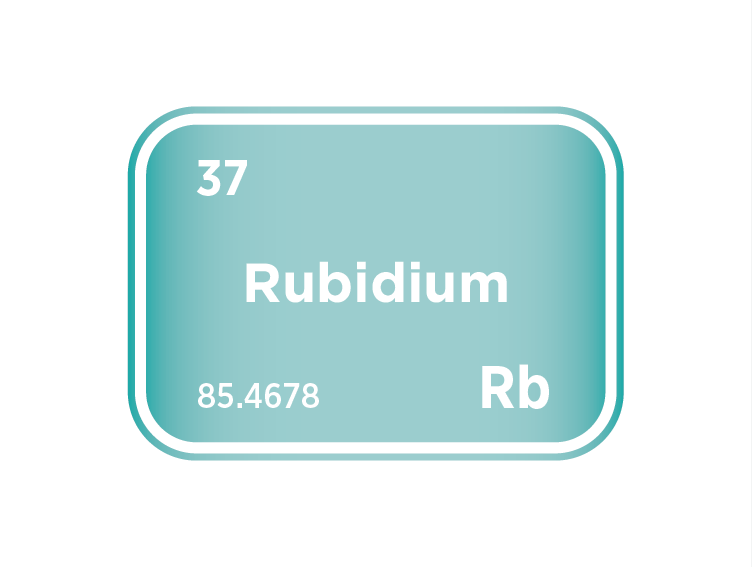
Rubidium supply
Rubidium supply remains niche, opaque, and highly dependent on the economics of other critical metals. In 2023, official data on global rubidium production remained sparse, reflecting its status as a by-product rather than a primary target of mining activity. The metal is typically recovered during the extraction of lithium and caesium from pegmatite-hosted minerals such as lepidolite and pollucite, which contain up to 3.5% and 1.5% rubidium oxide, respectively. These minerals are most commonly found in zoned pegmatite systems, which are geologically widespread but often economically marginal due to the cost and complexity of rubidium recovery.
Despite its modest commercial footprint, rubidium-bearing pegmatites have been identified across a diverse set of countries, including Afghanistan, Australia, Canada, China, Denmark, Germany, Japan, Kazakhstan, Namibia, Peru, Russia, the United Kingdom, the United States, and Zambia. In addition to hard rock sources, trace concentrations of rubidium have been detected in brines in northern Chile and China and in evaporite formations in the United States (notably in New Mexico and Utah), France, and Germany. This wide distribution underscores rubidium’s latent availability and highlights the technical and economic barriers to scaling up extraction.
China dominates global rubidium production and downstream processing, leveraging its vast lithium–caesium pegmatite resources in Jiangxi and Sichuan. Chinese producers supply rubidium compounds for electronics, specialty glass, biomedical imaging, and quantum technology applications. Canada and Namibia also hold significant rubidium-bearing pegmatites, with recovery linked to lithium projects in Quebec and Manitoba and early-stage exploration near Uis and other known pegmatite belts in Namibia.
Australia hosts several rubidium-rich pegmatites, especially in Western Australia’s prolific lithium–tantalum districts, including Greenbushes and Wodgina. However, project development has not prioritised rubidium, as attention remains focused on high-volume lithium extraction. Still, growing interest in rubidium for high-precision electronics and quantum devices could prompt a strategic re-evaluation under Australia’s broader critical minerals agenda.
In Central and South Asia, Kazakhstan and Afghanistan are thought to possess rubidium-bearing granites and pegmatites, although resource data and production capacities remain limited. Peru and Zambia may also emerge as future rubidium sources, particularly if lithium development continues to expand. Across Europe, countries such as Germany, France, Denmark, and the United Kingdom have historical rubidium research capacity and legacy production tied to defence and scientific applications. However, none currently produce rubidium at a commercial scale.
While not a producer, Japan plays a strategic role as a consumer of high-purity rubidium compounds, especially for use in atomic clocks, advanced sensors, and medical diagnostics. In response to rising demand and supply concentration, Japan, the UK, and France are investing in stockpiling, materials R&D, and international collaboration to reduce reliance on Chinese-dominated processing chains.
Russia once held a more prominent position in rubidium supply, exploiting its rare-metal pegmatites. However, its influence has waned amid geopolitical isolation, limited investment in processing technology, and disruption from the Russia–Ukraine conflict, which has cast uncertainty over Eurasian rubidium trade routes and exploration activities.
As rubidium demand rises, driven by its unique properties in precision electronics, aerospace guidance systems, and quantum information technologies, its fragile supply chain is coming under increasing scrutiny. With few dedicated production centres and limited secondary supply, securing future access will require investment in co-product recovery, beneficiation technologies, and international coordination across the broader critical minerals framework.
Rubidium producers
Rubidium substitution
Substitution of rubidium is limited due to its unique properties and the specialised roles it plays in advanced technologies. Its principal applications, in atomic clocks, speciality glass, biomedical imaging, and quantum technologies, depend on characteristics that are difficult to replicate using other elements. Nevertheless, substitution is sometimes pursued to reduce reliance on rubidium’s small and geopolitically concentrated supply chain or to lower material costs in broader manufacturing contexts.
Rubidium is widely valued in atomic clocks for its favourable atomic transitions, compact form factor, and power efficiency, making it the preferred choice in GPS systems, telecommunications networks, and portable scientific equipment. Cesium can serve as a substitute, especially in high-precision frequency standards, offering superior long-term stability. However, caesium-based clocks are more expensive, larger, and less energy efficient, making them less suitable for field-deployable or miniaturised devices. Hydrogen masers and experimental optical clocks based on elements such as strontium and ytterbium are being developed for extreme precision but are not yet commercially viable at scale.
In glass and ceramic production, rubidium compounds such as rubidium carbonate improve thermal and chemical stability, especially in specialised products such as fibre optics, radiation-resistant glass, and military-grade lenses. Potassium and lithium can often be substituted in these applications. Potassium offers chemical durability, while lithium enhances thermal shock resistance. However, replacing rubidium in high-specification glasses can degrade performance, particularly under extreme thermal or radiation conditions, requiring reformulation and testing to ensure functional equivalence.
In medical imaging, rubidium-82 is a critical isotope used in PET scans for myocardial perfusion imaging. Its short half-life and rapid uptake make it ideal for diagnosing coronary artery disease. Substitutes include thallium-201 and technetium-99m, which are widely used in nuclear cardiology but differ in imaging clarity, radiation dose, and availability. Fluorine-18-based tracers are also employed in PET imaging. However, they are more general-purpose and may not deliver the same cardiac-specific data as rubidium-82, making substitution a trade-off between diagnostic precision and logistics.
Rubidium's low ionisation energy has historically made it valuable in older or niche technologies such as thermionic converters and photocells. Caesium, with similar but more commonly exploited properties, now dominates these applications. Potassium and sodium may also be used, depending on the spectral response required, though typically at a performance cost.
Overall, substitution for rubidium is highly application-specific. In lower-value applications, substituting more abundant alkali metals like potassium or caesium is technically feasible and economically favourable. However, in critical sectors such as quantum devices, atomic clocks, and advanced medical diagnostics, rubidium’s role remains difficult to replace without performance or logistical compromises. As demand grows, particularly from precision electronics and national security domains, substitution efforts will likely be pursued alongside improved recycling, co-product recovery, and supply chain diversification strategies.



Meet the Critical Minerals team
Trusted advice from a dedicated team of experts.

Henk de Hoop
Chief Executive Officer

Beresford Clarke
Managing Director: Technical & Research

Jamie Underwood
Principal Consultant

Ismet Soyocak
ESG & Critical Minerals Lead

Rj Coetzee
Senior Market Analyst: Battery Materials and Technologies

How can we help you?
SFA (Oxford) provides bespoke, independent intelligence on the strategic metal markets, specifically tailored to your needs. To find out more about what we can offer you, please contact us.







